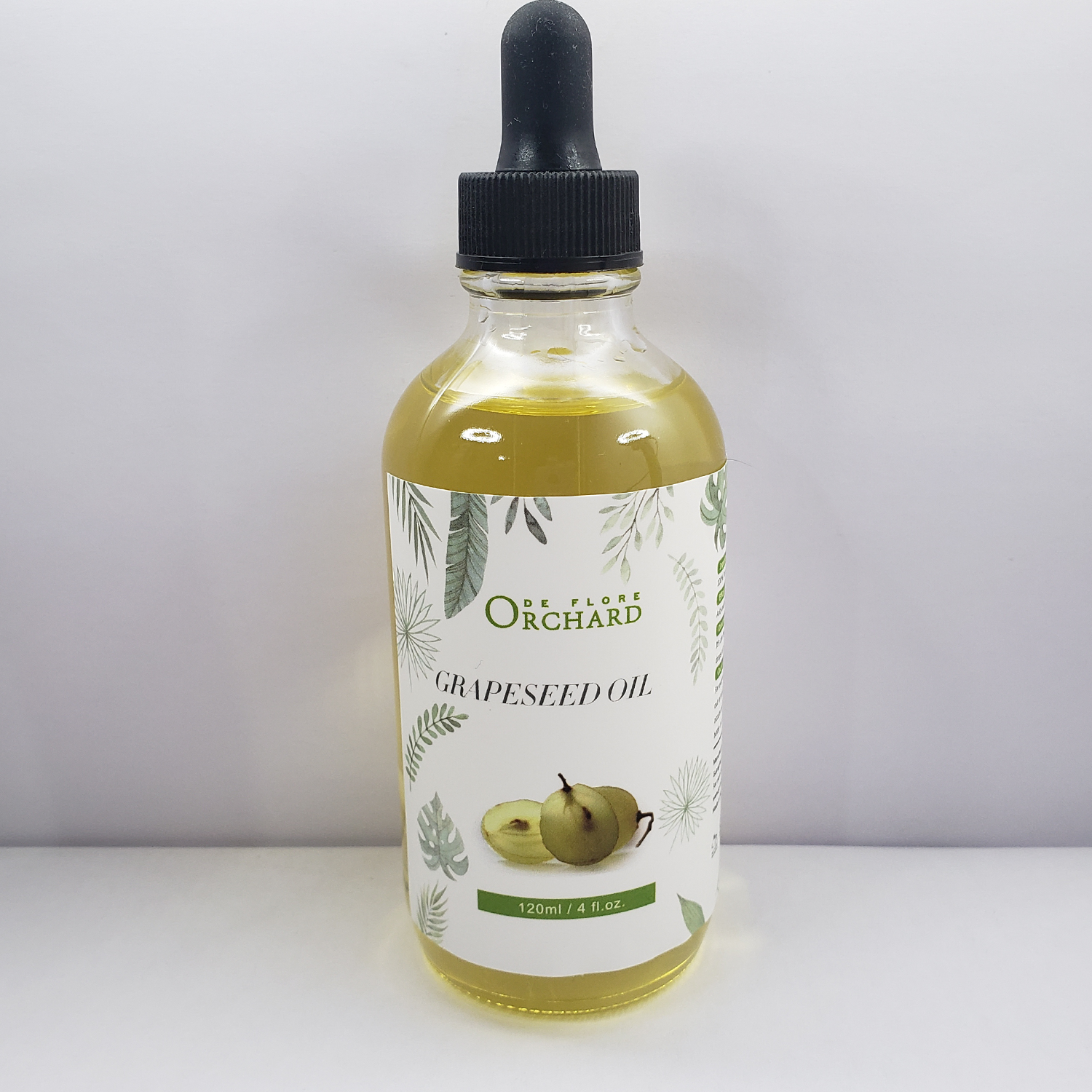Grapeseed oil, derived from the seeds of Vitis vinifera, has gained recognition for its incredible ability to naturally enhance skin and hair health. Known for its lightweight feel and nutrient-rich composition, this versatile oil is ideal for various beauty routines. In this article, we’ll explore how to nourish your skin and hair with grapeseed oil, diving into its extraction process, beneficial uses, DIY recipes, and numerous advantages.
Understanding the Extraction Process
Grapeseed oil is a byproduct of winemaking, obtained from grape seeds left after juicing. The seeds go through either a cold-press or solvent extraction process. Cold pressing is preferred for preserving nutrients, as it involves pressing the seeds mechanically without heat. This process ensures that grapeseed oil retains high levels of vitamin E, essential fatty acids, and antioxidants, which are crucial for healthy skin and hair.
Nourish Your Skin and Hair with Grapeseed Oil: Uses, DIY Recipes, and Benefits
Using grapeseed oil to nourish your skin and hair is simple yet effective. It can be applied directly or incorporated into various DIY recipes for skincare, hair care, and massage therapy. Let’s dive into these uses, along with DIY recipes that will help maximize its benefits.
1. Skin Moisturizer and Anti-Aging Serum
Grapeseed oil serves as a non-greasy moisturizer that absorbs quickly, making it suitable for oily and sensitive skin. Its high vitamin E content helps to reduce fine lines and wrinkles, giving your skin a more youthful appearance.
DIY Recipe:
- Combine 2 tablespoons of grapeseed oil with a few drops of lavender or frankincense essential oil.
- Apply nightly to your face as a nourishing, age-defying serum.
Benefits:
- Deeply hydrates without clogging pores
- Reduces signs of aging with antioxidants
- Evens out skin tone and texture
2. Hair Conditioner and Scalp Treatment
Grapeseed oil works wonders as a hair conditioner. Its linoleic acid content strengthens hair and helps manage split ends and frizz. When applied to the scalp, it can soothe dryness and reduce dandruff.
DIY Recipe:
- Mix 1 tablespoon of grapeseed oil with 5 drops of tea tree oil for a scalp treatment.
- Massage into your scalp, leave for 20 minutes, then rinse thoroughly.
Benefits:
- Adds shine and smoothness to hair
- Moisturizes and reduces scalp irritation
- Helps manage frizz and split ends
3. Massage Oil and Aromatherapy Base
With its light texture and quick absorption, grapeseed oil is a great base for massages. It works well with essential oils, allowing you to customize your aromatherapy experience.
DIY Recipe:
- Combine 1/4 cup of grapeseed oil with 10 drops of eucalyptus or peppermint essential oil.
- Use this blend for a soothing massage, especially for sore muscles.
Benefits:
- Provides a smooth glide for massages
- Enhances relaxation with added essential oils
- Helps soothe muscle discomfort
4. Makeup Remover and Cleansing Oil
Using grapeseed oil as a makeup remover is another effective way to nourish your skin. Its non-comedogenic properties allow it to dissolve makeup gently while moisturizing.
DIY Recipe:
- Apply a small amount of grapeseed oil directly to your skin.
- Gently massage over makeup.
- Use a warm, damp cloth to remove the oil and any residue.
Benefits:
- Removes makeup naturally
- Moisturizes while cleansing
- Suitable for all skin types, even sensitive skin
Safety Tips for Using Grapeseed Oil
While grapeseed oil is generally safe, it’s always wise to do a patch test before applying it broadly, especially if you have sensitive skin. For best results, store grapeseed oil in a cool, dark place to prevent it from oxidizing, which can affect its effectiveness.
Choosing to nourish your skin and hair with grapeseed oil is a natural, effective way to enhance your beauty routine. From simple DIY recipes to a range of uses, this oil provides hydration, protection, and a youthful glow, making it a valuable addition to any skincare and haircare regimen.

